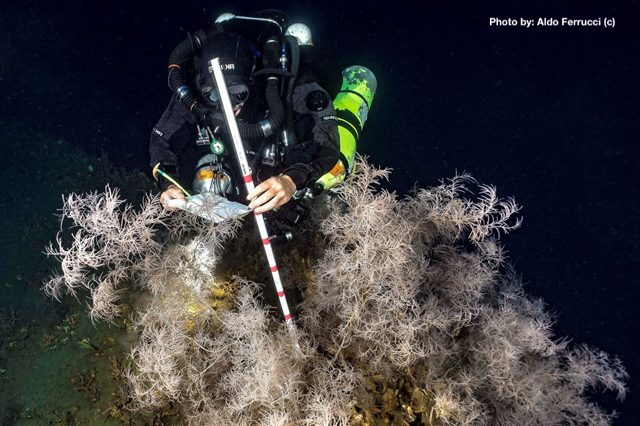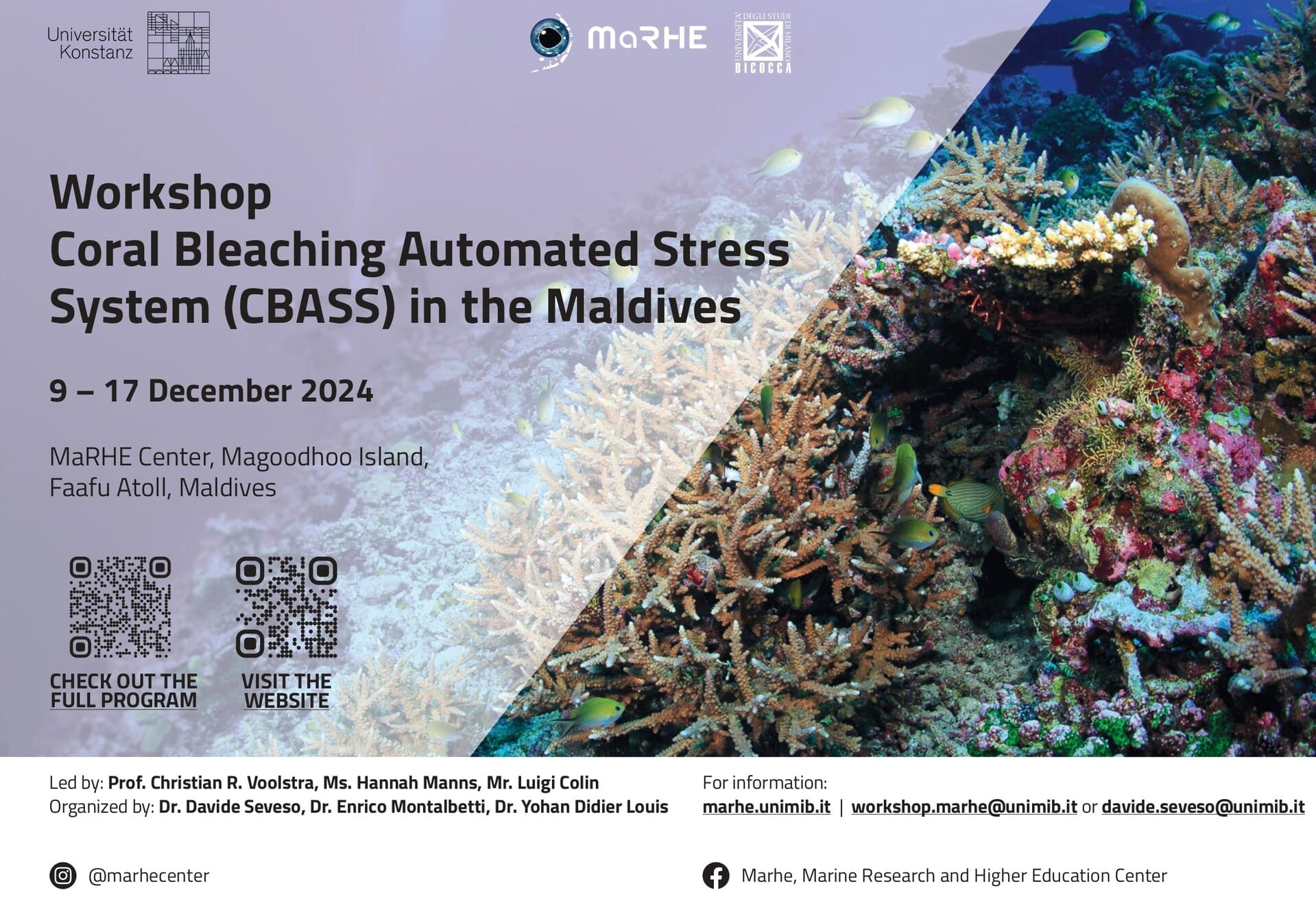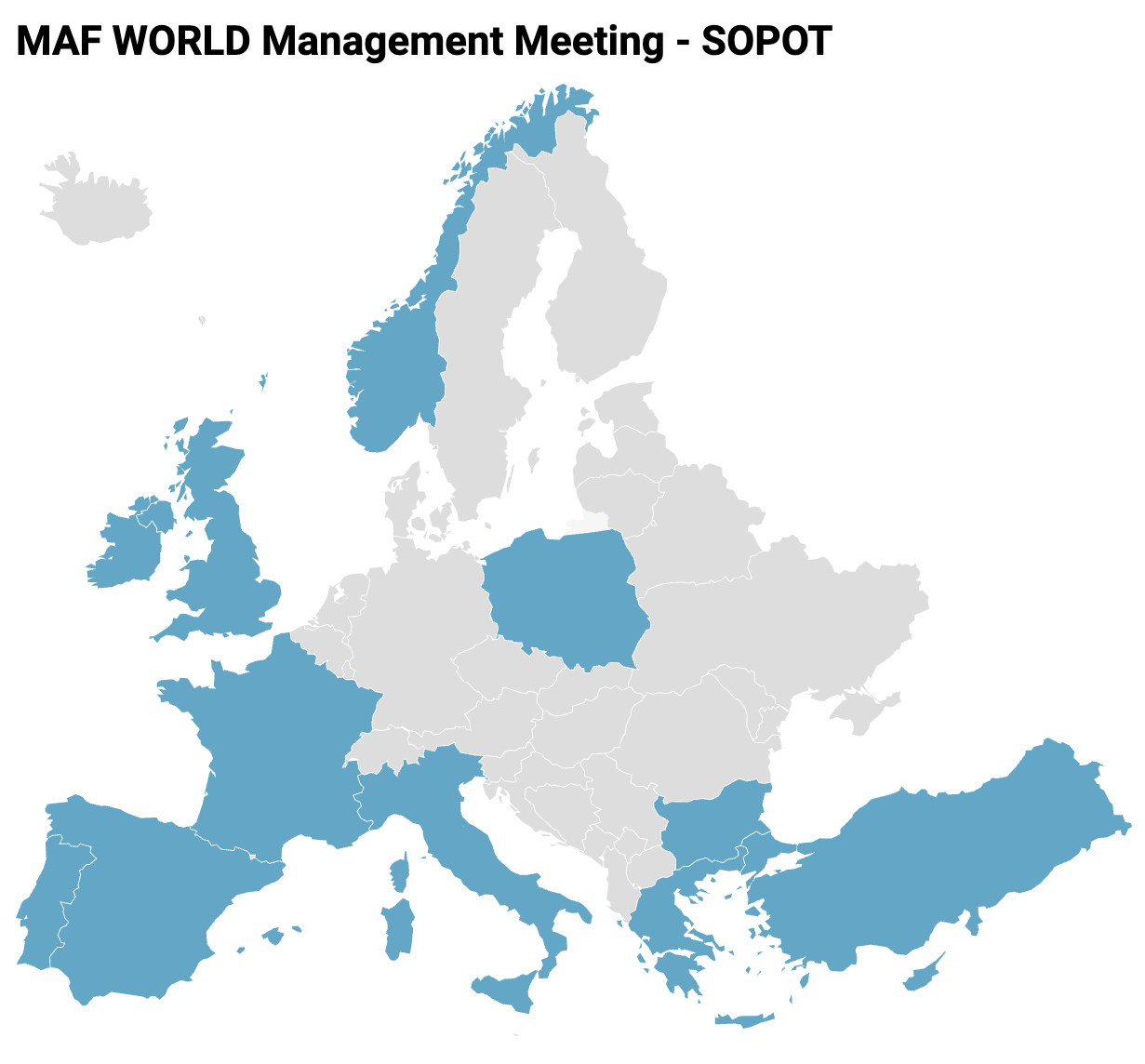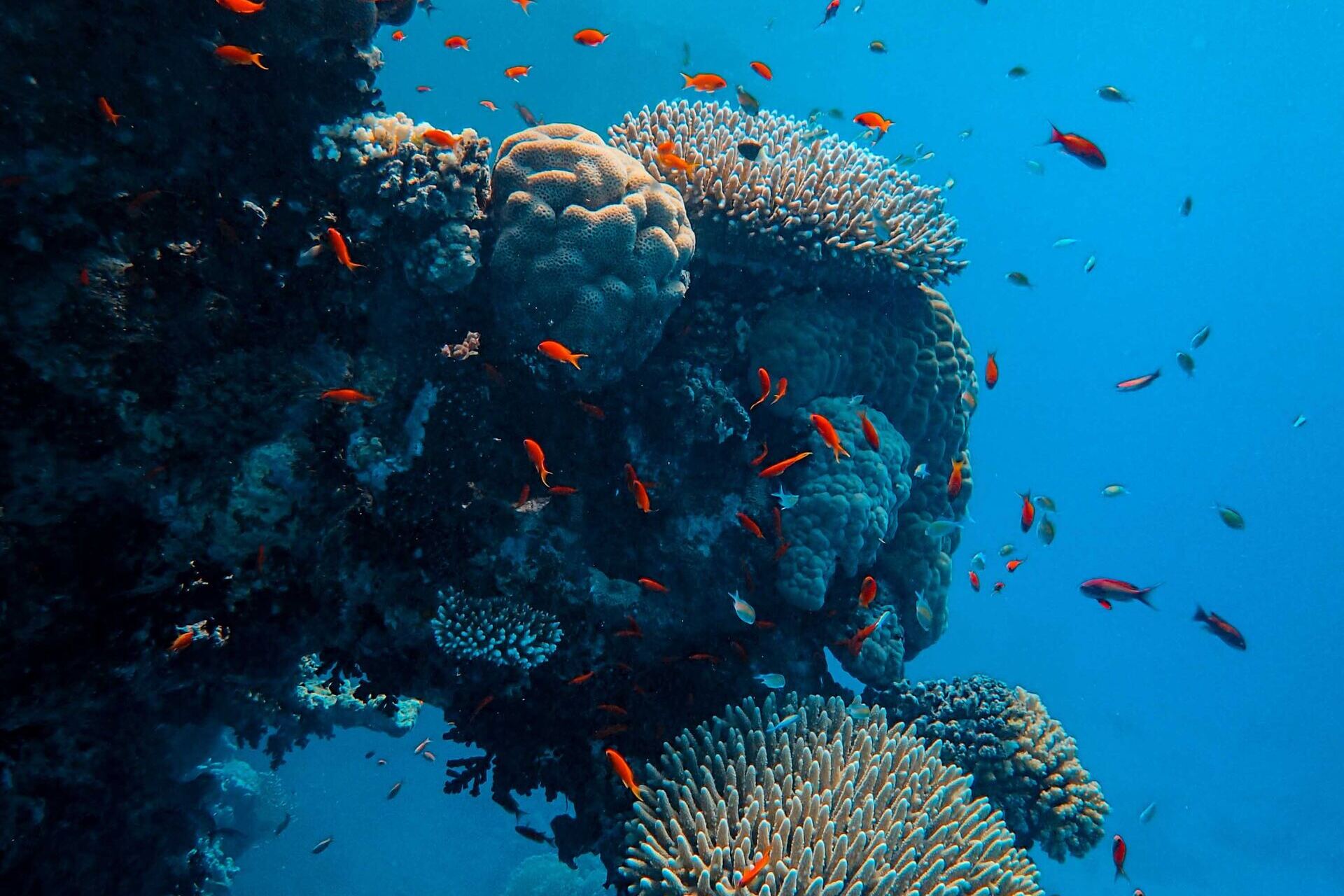Science Letters publishes the kick-off of the Marine Animal Forest (megabenthic structures mainly composed of suspension-feeding organisms) networking Action, highlighting the importance of the connection of more than 150 researchers from around the globe to understand and solve the problems that such a worldwide set of habitats face nowadays. This transdisciplinary group of scientists come together to advance and fill existing gaps for the conservation, management, and restoration of these precious, important but widely unknown ecosystems.
The Action, funded by the COST Association for European Cooperation in Science and Technology, will work in producing a MANIFESTO and baseline reference knowledge together with practical tools for the conservation of these benthic habitats, following the challenge of the UN Ocean’s Decade: “The Science We Need for the Ocean We Want”.
More info about the project: www.maf-world.eu
Science letters: www.science.org






